La Paz: a guaranteed change of scene
La Paz is the official capital of Bolivia (the constitutional capital remains the very small-town city of Sucre) and is home to around 2 million inhabitants.
La Paz is certainly not the most beautiful city you’ll see along your Peruvian/Bolivian adventures, but it is certainly the city which will surprise you the most. The Bolivian capital has developed in a rather strange setting, terraced between the residential neighborhood of the Southern area at 3200 meters’ altitude, and the poorer district of El Alto at an altitude of 4000 meters, which is home to half the city’s population.
What is there to do in La Paz?
There is no better viewpoint over the city than that of El Alto. The geographical location of La Paz (in the depths of the valley) and the imposing Nevado Illimani in the background make up for an impressive panorama. The historical center, at an altitude of 3600 meters, is where most of the hotels are located, and boasts an impressive entanglement of sloping streets where a sort of permanent market has set up shop (no pun intended)! A joyful chaos prevails here, which seems to bother no-one, and where the slowness of the traffic is matched only by the patience of Bolivian drivers.
Murillo Square, where the presidential palace is located, is undoubtedly the most attractive part of this area.
A little lower, the modern area of Sopocachi stands out by the presence of its skyscrapers. It also boasts quite a number of hotels and some of the city’s best restaurants. It is a much tidier district with a good quality of life, but is therefore much less “typical”.
In the lower part of the city you will find the “Moon Valley”, a natural site very much worth visiting, where the persistent erosion of the mountain rocks has created a maze containing hundreds of “fairy chimneys”, giant spires and pitons.
La Paz is an obligatory stop on your way to most Bolivian destinations. It’s also the starting point for a variety of excursions including that to Coroico, which takes you along the famous “death road”, the visit of the Tiwanaku archeological site, the tour of the Sajama National Park or an excursion to Copacabana, on the banks of Lake Titicaca, and to the Island of the Sun.




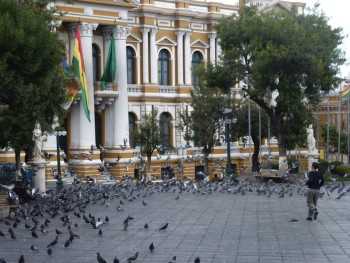

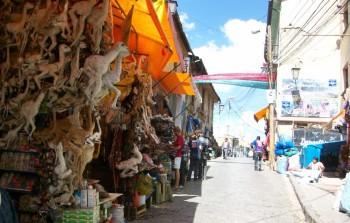
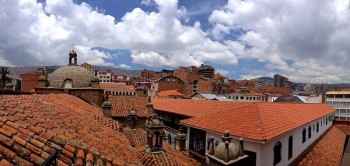
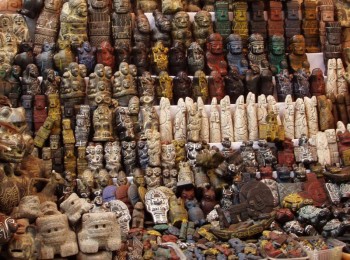
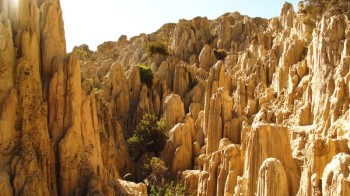


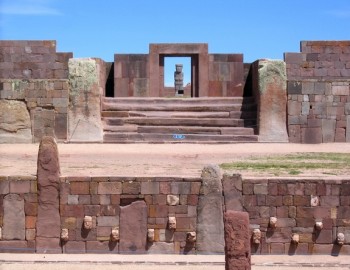
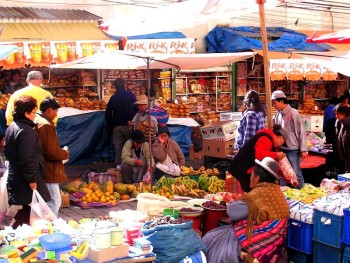

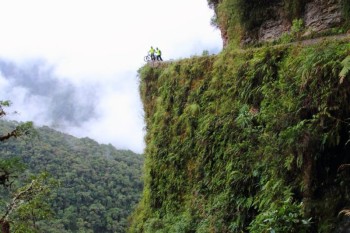

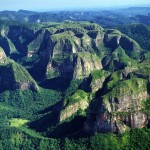


Follow us!